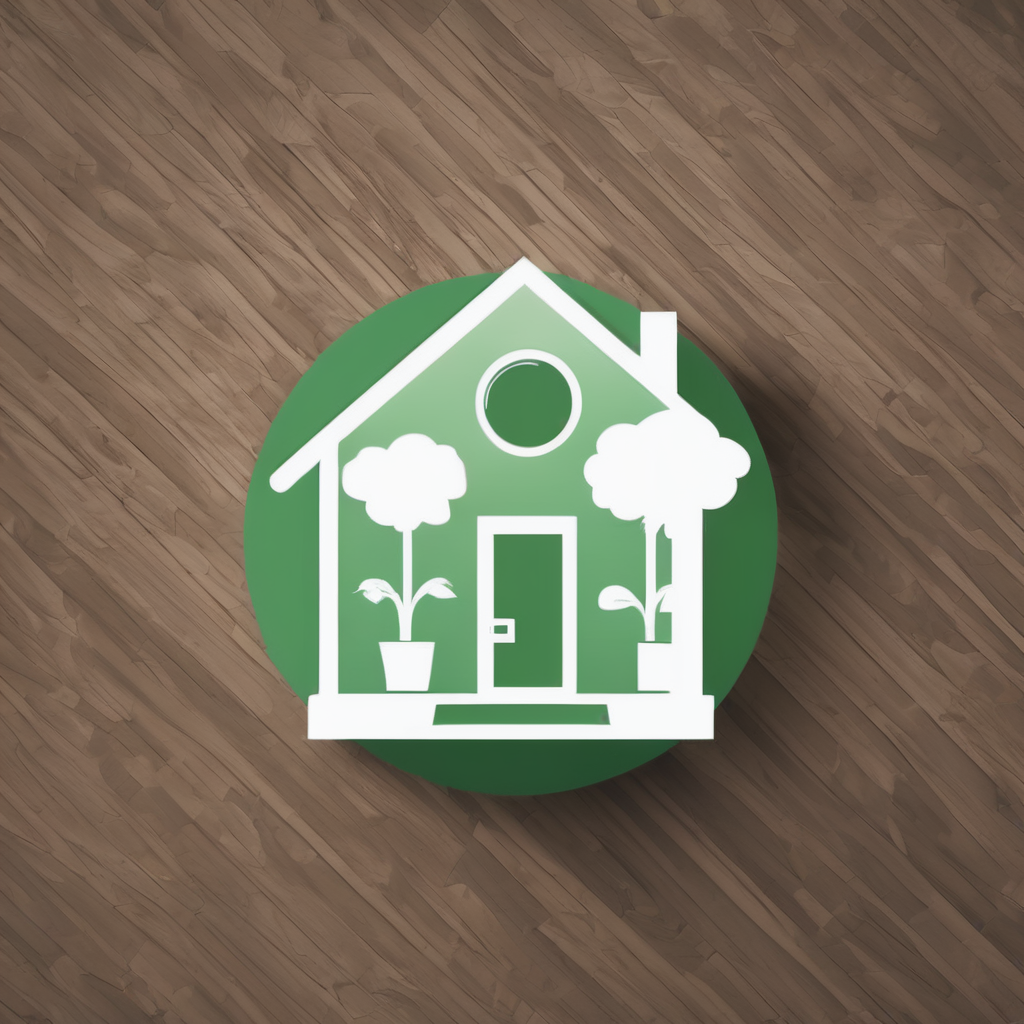Immediate Steps to Start an Eco-Friendly UK Garden
Starting an eco-friendly gardening UK project involves a thoughtful approach to your existing garden conditions and soil health. First, assess the soil’s quality by checking its texture, moisture, and nutrient content. A simple soil test kit can reveal if the soil needs organic matter or specific amendments, ensuring a healthy base for sustainable gardening efforts. Maintaining healthy soil enhances plant growth and reduces the need for chemical fertilizers, which aligns perfectly with sustainable gardening tips.
Selecting the right tools and products is another crucial step. Opt for sustainably sourced garden tools made from recycled or renewable materials. Avoid plastic-based products where possible and look for items labeled as eco-friendly or biodegradable. Incorporating rainwater harvesting systems and compost bins supports water conservation and waste reduction—key practices in eco-friendly gardening UK.
In parallel : What Are the Key Elements of a Cottage Garden Style in the UK?
When planning your garden, prioritize native and UK climate gardening-appropriate plants. Native species are adapted to local conditions, requiring less water and fewer pesticides. This supports pollinators and local wildlife while reducing maintenance. Consulting guides on native plants for your region offers practical insight into which species will thrive. Combining this with crop rotation and companion planting further enhances sustainability, as recommended in various sustainable gardening tips.
By beginning with these steps, you lay a strong foundation for a garden that respects the UK environment and makes sustainability a priority from day one.
Also to see : What Are the Best Practices for Creating a Wildlife-Friendly Garden in the UK?
Selecting Native Plants and Creating Wildlife Habitats
Promoting biodiversity through native planting
Choosing native UK plants is essential for establishing a thriving, wildlife-friendly garden. Native species have evolved alongside local fauna, providing the most appropriate food and shelter for insects, birds, and other wildlife. Incorporating native plants supports local ecosystems by creating a natural balance, which helps pollinators flourish and maintains valuable biodiversity.
Designing garden spaces to attract and sustain wildlife means considering the needs of birds, bees, and other pollinators. Arranging plants with staggered flowering times ensures continuous nectar sources throughout the seasons, essential for sustaining populations of native bees and butterflies. Dense shrubbery and layered vegetation offer nesting sites and protection for bird species, while diverse plant choices provide varied habitats.
To enhance a garden’s suitability as a wildlife refuge, features such as birdhouses, ponds, and insect hotels can be incorporated. Birdhouses provide safe nesting cavities especially for species that rely on tree hollows. Ponds encourage amphibian life and serve as water sources for butterflies and insects. Insect hotels supply shelter for solitary bees and beneficial predatory insects, boosting natural pest control and pollination. These purposeful additions create a balanced and supportive environment for native wildlife within the garden.
Implementing Composting and Organic Practices
Enhancing garden health through sustainable methods
Setting up a composting UK system at home is a straightforward way to boost your garden’s sustainability. Start with a simple compost bin or heap where kitchen scraps and garden waste like vegetable peels, grass clippings, and fallen leaves are collected. This encourages decomposition, creating nutrient-rich organic matter that enriches the soil. Maintaining a good balance of “greens” (nitrogen-rich materials) and “browns” (carbon-rich materials) ensures efficient breakdown and less odor.
Embracing organic gardening means steering clear of chemical pesticides and fertilisers. These substances can disrupt soil biology and harm beneficial insects, ultimately weakening the garden’s ecosystem. Instead, use natural alternatives such as neem oil or insecticidal soaps, which target pests without damaging other organisms.
Another effective approach to sustainable soil management involves encouraging natural predators to control pests. Ladybirds, lacewings, and ground beetles can significantly reduce pest populations naturally. Growing diverse plants and flowers can attract these helpful insects, creating a balanced environment where chemical interventions are unnecessary.
By integrating composting, avoiding chemicals, and supporting natural pest control, gardeners create a self-sustaining system that improves soil health and plant vitality while reducing environmental impact.
Conserving Water and Managing Resources Efficiently
Water conservation in gardens is essential, especially considering increasing environmental concerns and changing weather patterns in the UK. One of the most effective methods for sustainable irrigation UK practices is rainwater harvesting. Installing water butts collects rainwater from roofs, providing an eco-friendly water source for garden use. This method reduces reliance on mains water and lowers water bills.
Using greywater—recycled water from baths, sinks, or washing machines—can also help conserve water. When properly treated and applied, greywater is suitable for watering plants, contributing to water conservation in gardens without compromising plant health.
Another important technique is mulching, which involves covering soil with organic material to retain moisture, suppress weeds, and improve soil quality. Mulching reduces the frequency of watering by maintaining soil hydration longer, making it a vital practice for sustainable irrigation UK-wide, especially during dry spells.
Incorporating drought-resistant planting techniques enhances garden resilience by selecting native or drought-tolerant plants that require less water. This strategy aligns with sustainable irrigation UK ideals by reducing the need for excessive watering.
Adopting smart watering schedules tailored to typical UK weather patterns ensures water efficiency. Scheduling watering during cooler parts of the day, such as early morning or late evening, minimizes evaporation. Additionally, adjusting watering frequency based on rainfall helps optimize water use and supports water conservation in gardens.
Providing Inspiration and Showcasing Success Stories
Discovering eco garden ideas UK through real-life examples offers invaluable insight into creating sustainable outdoor spaces. Many local gardeners have shared sustainable garden transformations that illustrate how simple changes can lead to thriving, environmentally friendly gardens.
Visual inspiration from UK eco-gardens highlights diverse approaches, from native plantings to rainwater harvesting. For instance, one family garden replaced traditional lawns with wildflower meadows, boosting local biodiversity and reducing water use. This type of transformation demonstrates how adopting eco-friendly practices enhances both beauty and sustainability.
Step-by-step transformation stories from local gardeners reveal practical journeys towards greener gardens. Many narrate starting points like poor soil or limited space and how they integrated composting, organic mulches, and pollinator-friendly plants to achieve flourishing results. These stories offer clear examples and motivate others to undertake similar sustainable garden transformations.
Recommended UK products and practical tips focus on tools and materials accessible to gardeners aiming for eco-consciousness. Compost bins made from recycled materials, rainwater butts designed for easy installation, and organic seeds suited for UK climates are popular among enthusiasts. Combining these products with tailored advice—such as soil improvement techniques or seasonal planting guides—makes creating an eco garden both achievable and rewarding.


